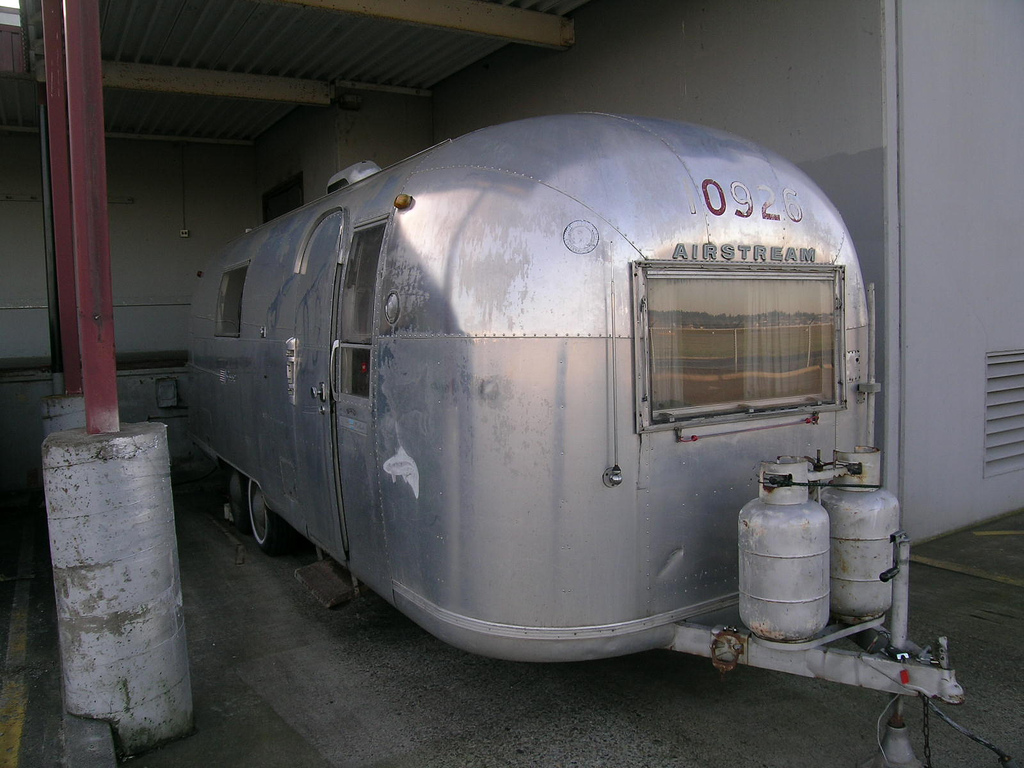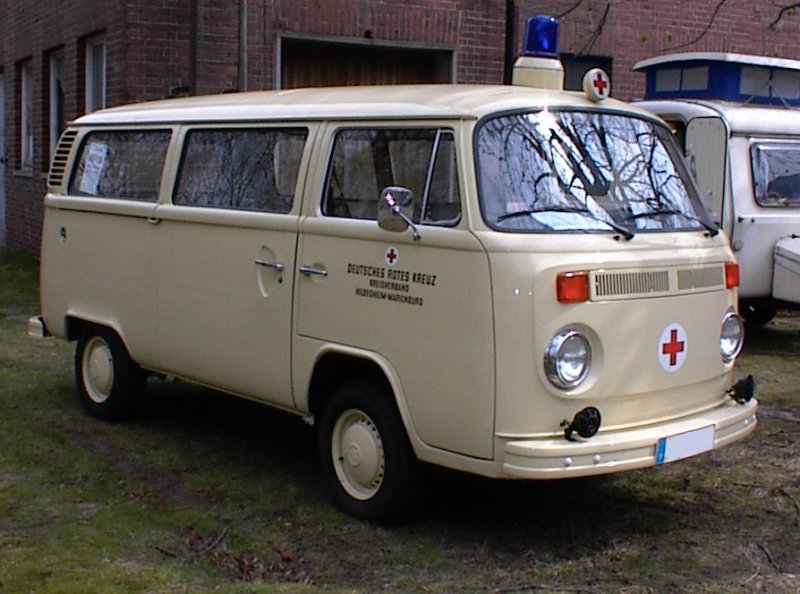Picking the right heat source for your camper, is usually down to how much money and effort you are willing to put in. We will take a look at some of the options that exist, and the one I am currently the most interested in.
Electric Camper Heaters - Small Space Heaters
This sort of heater as been around for quite a while. The idea is simple, give it electric and it converts it to heat. The only problem with this is that if you are working in a solar environment where you use the sun for all your power needs and do not have a mains connection, this can quickly run through your power. The amps running to the heaters are usually very high and pull so much power that a 12 volt system would feel the strain.
A simple example of this is the ceramic car heaters that can be bought for about 10-20 euro. If your engine is not running, you will suddenly have a flat battery. Electric heaters also do not produce much heat in low amp situations. Considering the type that are run in typical homes and have a ready supply of power, it is a different world when you are running on batteries.
Gas Camper Heaters - The Old Friend of Camping
Using gas has always been the companion of camping in every shape and form because it can pack a lot of heat for such a small size. A camper can quickly be heated on small canisters and larger campers can be run on larger cylinders of gas.
One issue that people often forget about is the need for ventilation in the case of using gas, or any heat source that is sucking up oxygen. Some heaters, such as the Mr Buddy brand of heaters come with a oxygen detection system to automatically cut the heater of if the air begins to run out to an unsafe for human level.
Wood Burning Stoves - Using What You Find As Fuel
Apart from open fires, wood burning stoves have started to get a momentum as a viable source of heat again. Mainly due to the cost of the fuel, e.g. trees that have been cut down in the past or old shipping pallets, this has become a good cheap solution for a lot of people.
Again the issues of venting need to be considered, the air going to the stove needs to be regulated to keep it at a good pace to prevent too much or too little air from reaching the fire. When used inside, the user still needs to be focused on the safe human oxygen levels. The entire burner becomes a heat emitting tool for your camper.
Water Heating - For Air Heat and Water Heating
One of the simple ways to move the heat around a building has been through the use of hot water pipes. These pipes are connected to a burner, which inside a copper coil style element is added allowing the heat (often from a wood burner) to be transferred to the water. This water is then pumped on a closed loop around the camper to emanate heat through heaters.
This process can allow you to move your heater outside of the camper, and just have the feed and return pipes plumbed into the camper. This has proved to be one of the most interesting and affordable ways of heating a camper I have seen. For this project, a custom wood burning stove to heat water should provide all the heat needed.
The advantage of this approach is that long burning fuels, such as logs and coal can be left during the night and the hot water can just be circulated into the camper. In time as the idea comes together and implementation of this will be posted!






















